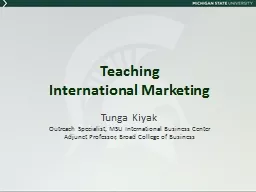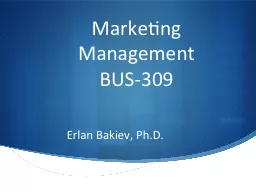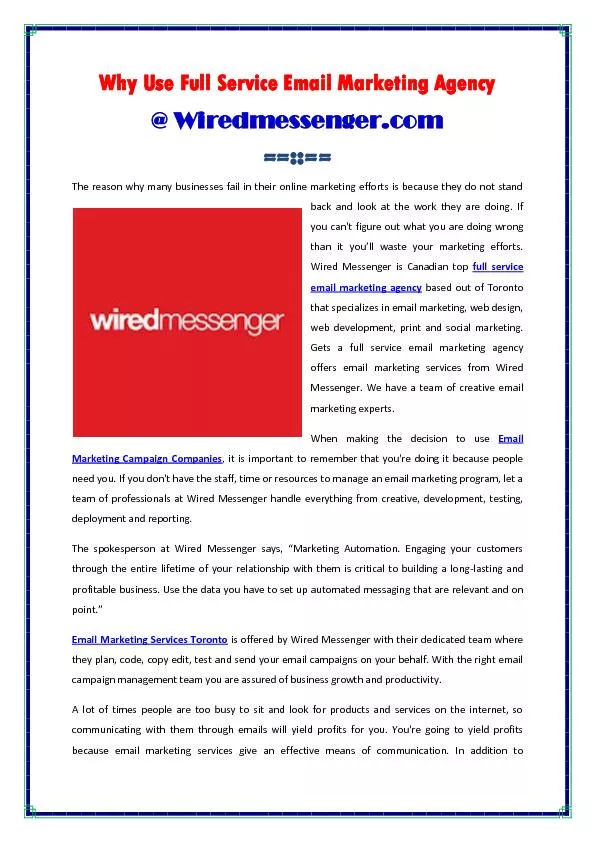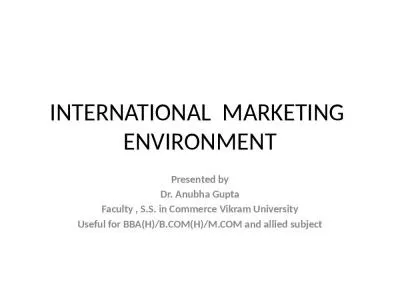PPT-Teaching International Marketing
Author : giovanna-bartolotta | Published Date : 2019-11-28
Teaching International Marketing Tunga Kiyak Outreach Specialist MSU International Business Center Adjunct Professor Broad College of Business Framework for International
Presentation Embed Code
Download Presentation
Download Presentation The PPT/PDF document "Teaching International Marketing" is the property of its rightful owner. Permission is granted to download and print the materials on this website for personal, non-commercial use only, and to display it on your personal computer provided you do not modify the materials and that you retain all copyright notices contained in the materials. By downloading content from our website, you accept the terms of this agreement.
Teaching International Marketing: Transcript
Download Rules Of Document
"Teaching International Marketing"The content belongs to its owner. You may download and print it for personal use, without modification, and keep all copyright notices. By downloading, you agree to these terms.
Related Documents














